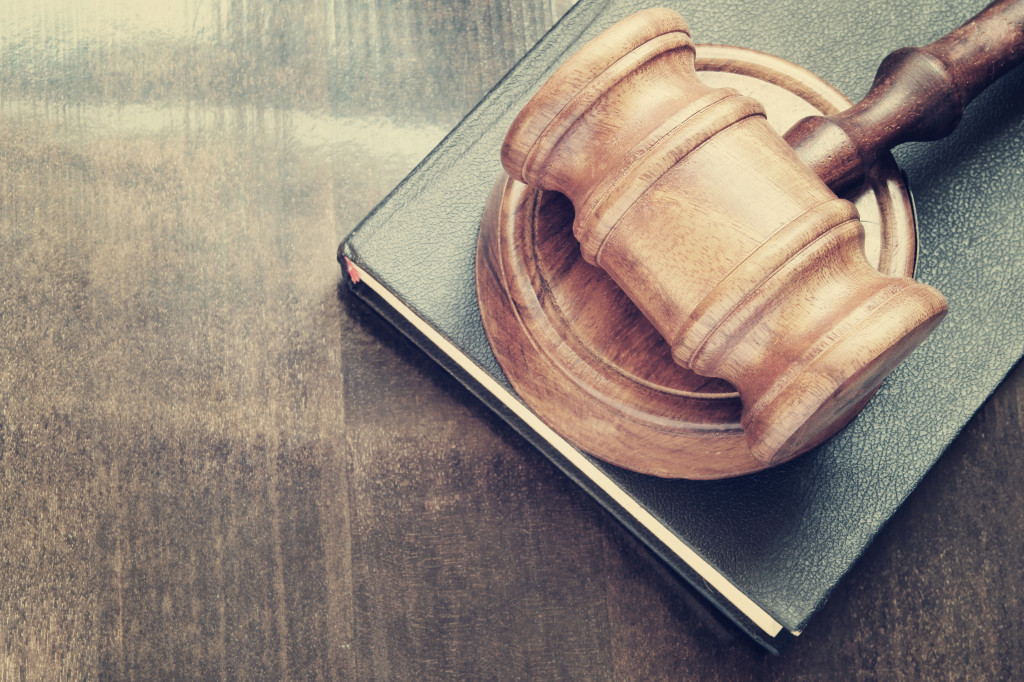According to the United States Courts’ website, for the year 2019, filed civil cases saw a three percent increase. With the constant rise in civil lawsuits, it’s essential to look at its definition and how the entire civil case process takes place.
What’s a civil case?
According to the Legal Information Institute of the Cornell Law School, a civil case is a noncriminal lawsuit involving two private parties. One party is described as the plaintiff; this party is the complainant. On the other hand, the other party is the defendant; this party defends himself from allegations of the plaintiff.
The American Bar Association adds that a civil case happens when people or organizations have a conflict that cannot be solved without court intervention. The plaintiff can be one or more persons or organizations. Civil cases include divorce, child support, and custody battles.
Family-related cases are the most common type of civil cases. Divorce, for instance, has a 2.7 per 1,000 population rate in 45 states in the US.
Aside from family-related lawsuits, civil cases also involve contract and automobile collision cases. In an automobile collision, a driver or a passenger can sue the other party that caused the collision. Sometimes, this type of case can turn into a criminal case; drunk driving is a government rule that qualifies a criminal case.
As civil cases are non-criminal cases, it’s important to define what a criminal case is to see the difference.
Criminal case
Criminal cases are filed to enforce government law. In this type of case, the government prosecutes individuals or organizations who break the rule of law. Cases like murder, burglary, and assault are samples of criminal cases.
In some countries, civil and criminal cases are combined in one case. However, in the US, it’s different. When one specific event has both civil and criminal aspects, this will result in multiple cases. For instance, a crime is a criminal case that can have a civil suit when the victim wants to recover damages due to the crime.

The process
A civil action starts with a complaint filed by the plaintiff; this is called a lawsuit. A filing fee is required for civil cases. According to the US Courts, the filing fee is 350 dollars. The fee can be waived when a person files for forma pauperis. This proves that the person is incapable of paying the filing fee.
Getting served
To formally begin the lawsuit, the plaintiff needs to serve a copy of the case to the defendant. Employing a process server can help you with this. In the complaint, a comprehensive description of the damages or injury is indicated. Based on damages caused by the incident, the plaintiff may ask for compensation or restraining order against the defendant; this is called relief.
On the other hand, a pleading includes the defendant’s answer to the case filed against them. This can also include other documents consistently filed by both plaintiffs and defendants concerning the ongoing case.
Scheduling order
This relates to the dates scheduled by the judge for the case files. This happens after the defendant files for an answer. The scheduling orders include dates when case-related documents must be filed; it also consists of the schedule for the trial.
Preliminary injunction
Before the final resolution of the case, the judge may grant a preliminary injunction. This is a temporary measure used when a plaintiff is subject to danger and needs immediate protection before the trial ends. A preliminary injunction is usually used in cases involving wildlife and fisheries.
Dismissal
The defendant can file a motion to dismiss the case. This happens when the defendant’s party saw loopholes that can legally stop the case from proceeding. There are several reasons to file a motion to dismiss. This can include “failure to state a cause of action”; it means the plaintiff has not found evidence against the defendant.
Mediation
The plaintiff and defendant can undergo a process called mediation. In this process, the two parties can negotiate a settlement or a resolution using a neutral third party. Sometimes, the third party can be a judge. This is an excellent remedy to avoid going into tiresome, lengthy court proceedings. Mediation is commonly used in custody battles and animal-related cases.
Trial
A trial is what we usually see in court dramas; it is heard in a courtroom. This is where lawyers from both parties state their case. Witnesses are involved and cross-examined. The trial ends with closing arguments from both parties. The judge or the jury then gives a decision.
There are other parts of the process of filing a civil case; it’s complicated and needs expert advice from one who studied law. However, the best way to avoid this tedious process is to find a sweet spot to satisfy both parties’ demands.




